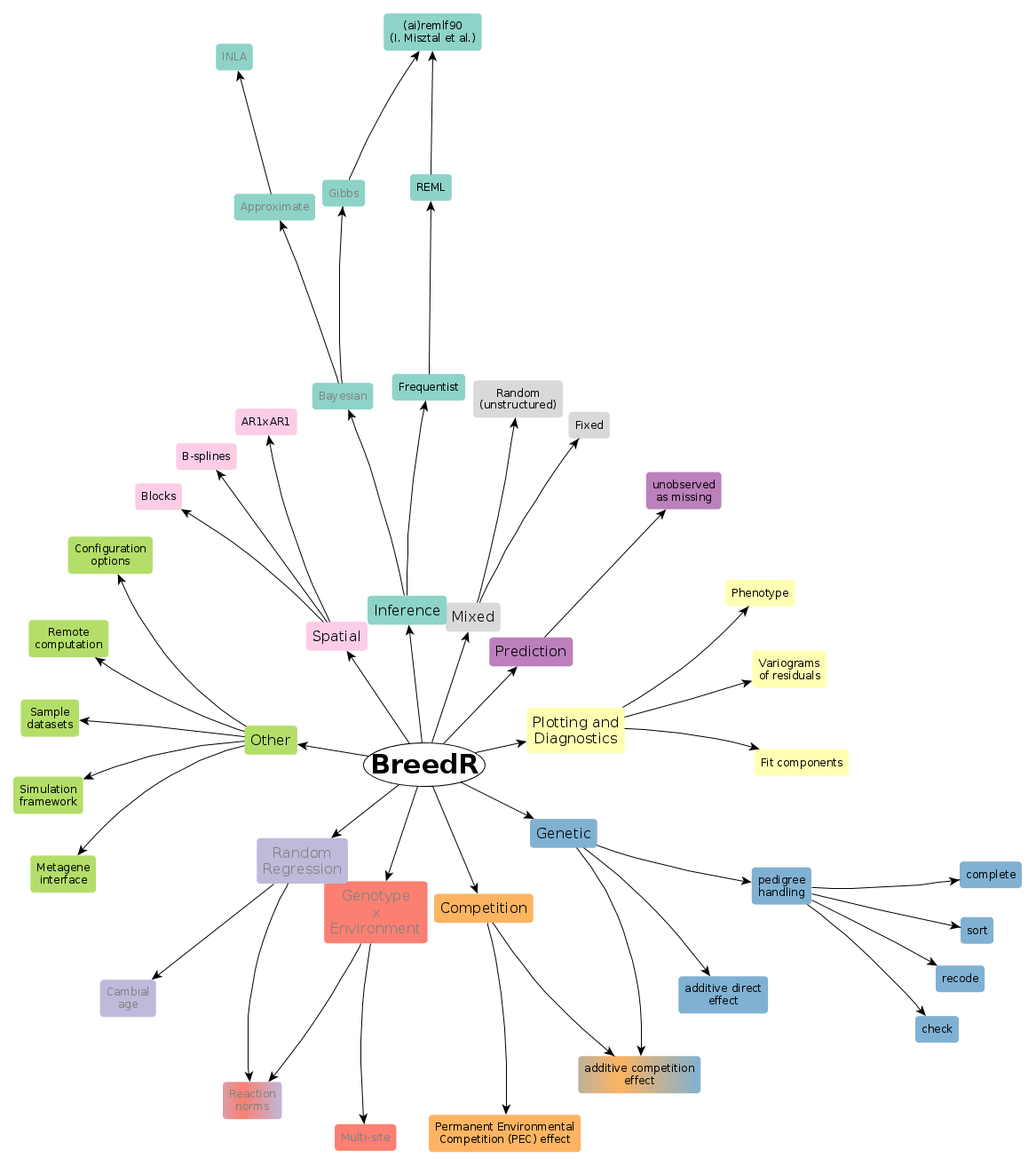-
Notifications
You must be signed in to change notification settings - Fork 24
-
How to obtain a AOV table with p-values for the fixed-effects
-
Reported S.E. of variance component are different than those from
lme4
## Where to install the packages
dest.dir <- .libPaths()[1]
## Download breedR source
## (linux or MAC, use `method = 'libcurl'`)
fn <- file.path(dest.dir, 'breedR-master.zip')
method <- ifelse(.Platform$OS.type == 'windows', 'wininet', 'libcurl')
if(isTRUE(file.info("/Library")$isdir && file.info("/Applications")$isdir))
method <- 'curl' # if Mac
download.file('https://github.com/famuvie/breedR/archive/master.zip',
method = method, fn)
unzip(fn, exdir = dest.dir)
## Install dependencies (and their subsequent deps) in the selected destination
## from internet
pkg.nms <- c("colorspace", "dichromat", "digest", "ggplot2", "gtable",
"HaploSim", "labeling", "lme4", "magrittr", "minqa", "munsell", "nloptr",
"pedigree", "pedigreemm", "plyr", "proto", "RColorBrewer", "Rcpp", "RcppEigen",
"reshape", "reshape2", "scales", "sp", "stringi",
"stringr")
install.packages(pkg.nms, lib = dest.dir)
## Install from source in the selected destination
install.packages(file.path(dest.dir, 'breedR-master'),
repos = NULL, type = 'source', lib = dest.dir)
It is not clear how to implement such a method in the context of Mixed Models, particularly with random effects at individual levels.
The approach used by SAS (for instance) is questionable (see https://stat.ethz.ch/pipermail/r-help/2006-May/094765.html), which is why the authors of lme4 neither supply p-values.
Instead, I suggest using a resampling technique such as Bootstrap, where you can control exactly how to handle the random effects (e.g. simulate from the estimated distribution, fix at group means or specific values, etc.).
-
The standard deviations given by
lme4::lmer()are not the standard errors of the variance estimates, but simply their square root. -
The authors of
lme4have chosen not to report standard errors for variance estimates, since they are often rough and misleading approximations. Literally (Bates 2010, p. 19):In most cases summarizing the precision of a variance component estimate by giving an approximate standard error is woefully inadequate. -
Instead, they provide alternative and more reliable methods for assessing the variability of the parameter estimates (Bates 2010, Section 1.5)
-
Lacking this functionality,
breedR::remlf90()withmethod = 'ai'yields the standard errors estimated from the average-information matrix. Take these results with care.
- Bates, Douglas M (2010). lme4: Mixed-effects modeling with R. Chapter drafts.
